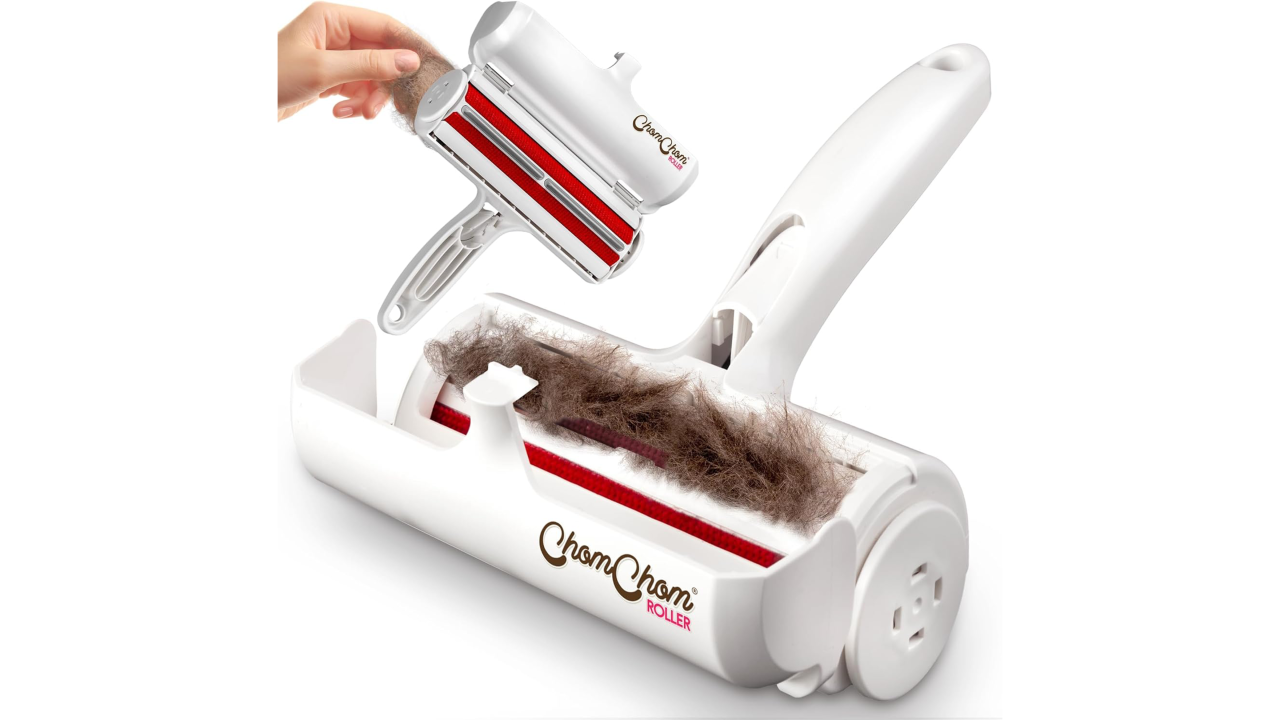Whether it’s your TV or your tablet, screens are a constant for many. And while there are warnings that the blue light they emit may do everything from impair your eyesight to interfere with your sleep habits, your binge-watching session has a lesser-known effect on skin, too. A growing amount of research shows that blue light — also known as high-energy visible light, or HEV — may actually contribute to premature skin aging.
Blue light is a short-wavelength light that, on the light spectrum, sits right next to UV light — which, as a not-so-fun fact, contributes to up to 90% of visible signs of aging in skin, according to a World Health Organization report. And as blue light “is the neighboring wavelength, [it’s] not a huge surprise that it could cause problems,” says Dr. Kenneth Howe, a dermatologist at Wexler Dermatology in New York City.

However, there’s one big distinction between the two. While the sun emits both UV and HEV light, “blue light can also come from computer and phone screens and other digital devices, and may have an effect on our eyes as well as our skin,” says New York-based dermatologist Dr. Marisa Garshick. Think of it as UV rays 2.0 — but indoors. Its effects aren’t all that different. “A small study suggested that exposure to blue light might stimulate the production of free radicals in skin, which can accelerate the appearance of aging,” says Garshick. These free radicals are notorious for breaking down collagen and elastin, creating dark spots, and may even contribute to acne.
In fact, certain aspects of blue light might be even worse than UV. “Importantly, although the impact is not fully known, blue light also penetrates deeper than UV rays,” says Garshick. One study in the Journal of Investigative Dermatology found that for some people, visible light like blue light actually produces darker and longer-lasting hyperpigmentation than UVA rays do. Another study looked at how that happens.

Adding confusion to the conversation is the fact that blue light has long been used in doctors’ offices to treat breakouts. “At certain wavelengths within the blue light spectrum for a controlled period of time, blue light can be an effective way to help treat acne,” says Garshick. However, it’s a measured dose overseen by a doctor. (So: Holding your phone up to your face won’t heal a zit.) And anyway, “as it was dosed for acne treatments, it was pretty mild,” says Howe.
While many of these initial studies on blue light tend to be small — inviting skepticism among some experts — it’s still “important to consider the impact of blue light, especially now with prolonged periods of screen time,” says Garshick. Fortunately, the first line of defense is relatively simple, and you should already be using it: sunscreen.
Sunscreens that use physical active ingredients, such as zinc oxide, actually reflect the blue light away from skin, says Howe. (These formulas are often referred to as “physical” or “mineral” sunscreens.) On the other hand, “chemical sunscreens are specifically designed to absorb wavelengths of ultraviolet light, so they don’t do anything for visible blue light,” he explains. So sunscreens that contain oxybenzone and avobenzone won’t do much for you here.
Another good step: Set your devices on night mode 24/7. “That really helps so that the [screen’s] blue light emission goes way down and shifts over to yellow,” says Howe.
Beyond that, “it’s helpful to look for products that include specific protection against blue light,” Garshick says. That includes antioxidants, which neutralize free radicals and not only prevent damage, but repair it, too. Keep reading for products that offer the best protection, because yes indeed, you still need to wear sunscreen indoors.
Coola Full Spectrum 360° Refreshing Water Mist Organic Face Sunscreen SPF 18 ($36; sephora.com, freepeople.com
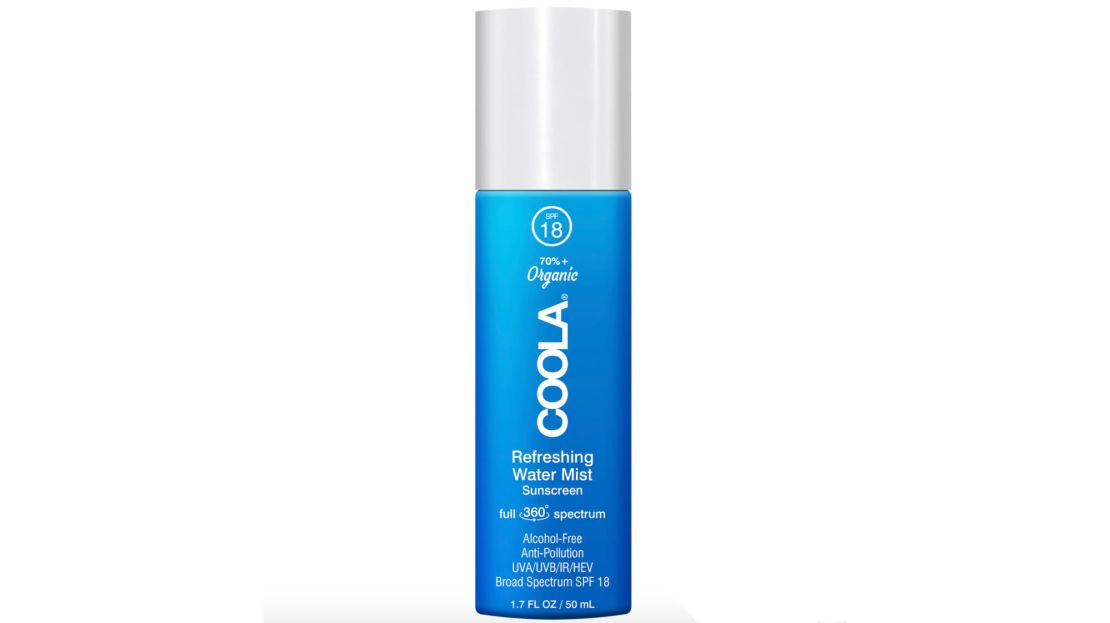
The mist is easy to spritz onto skin throughout the day, makeup or no makeup. Not only does it re-up your sun protection, but it also contains the brand’s Full Spectrum 360 complex, which is “a proprietary blend of antioxidants and plant-derived ingredients to help protect against the effects of high energy visible light and blue light,” says Garshick.
Versed Skin Guards Up Daily Mineral Sunscreen SPF 35 ($21.99; versedskin.com

If you’ve got mineral sunscreen and antioxidants together, you’re all good, says Howe. “Antioxidants are tailor-made for this type of damage,” he explains. This reef-safe sunscreen has both zinc oxide and antioxidant-rich moringa seed oil to give your skin a one-two punch of skin protection. The creamy texture is easy to blend in and feels lightweight on skin.
Physicians Formula Natural Defense Protect Your Prime Oil SPF 15 ($11.49, originally $15.99; amazon.com or $15.99; target.com)
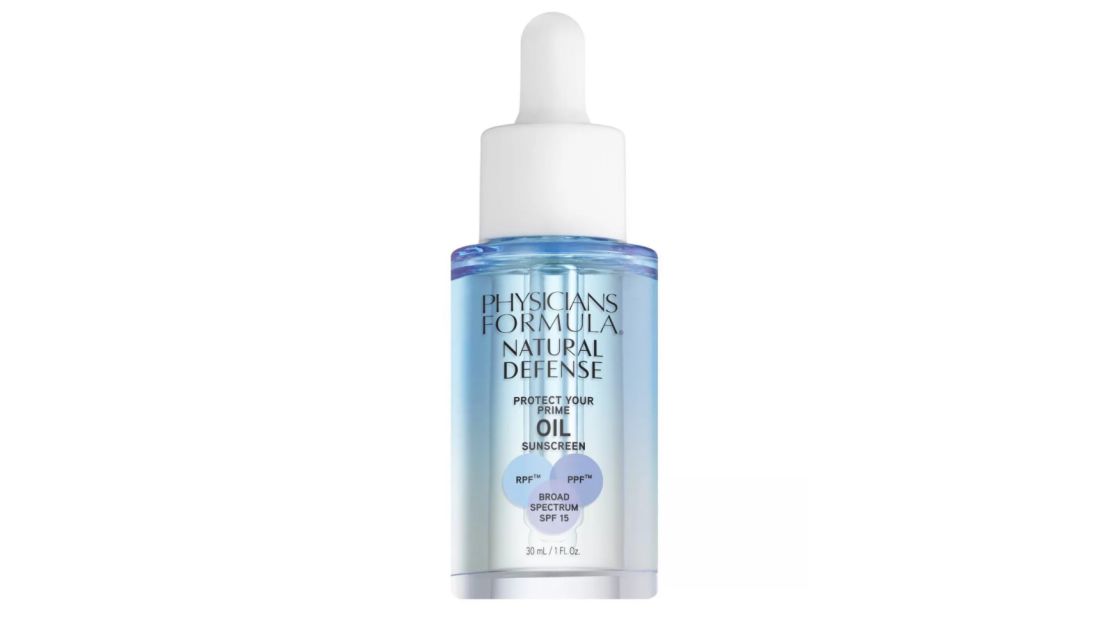
Though this level of SPF won’t do much for you in the great outdoors, it’s ideal if you’re planning to hunker down inside and scroll. The primer-oil hybrid blurs the appearance of pores and blemishes while providing its 360 Total Defense Complex, which defends skin against UV rays, blue light and even pollution.
Ilia Beauty Super Serum Skin Tint SPF 40 ($46; sephora.com, dermstore.com

You can skip the extra step with this hardworking skin tint, which offers both SPF coverage and blue light protection with zinc oxide. The clean formula also contains niacinamide, an antioxidant beloved for its ability to stop skin’s pigment-production process, which can help to minimize dark spots and discoloration.”
EltaMD UV Elements Tinted Broad-Spectrum SPF 44 ($35.50; dermstore.com

This is “a great mineral blocker sunscreen that also contains iron oxide to offer additional protection against visible light,” Garshick says. It contains hyaluronic acid for moisture and antioxidants for repair, and its tinted, weightless formula has made it a perennial favorite among beauty editors.
Goodhabit Rescue Me Water Jelly Dew Cream ($55; goodhabit.com
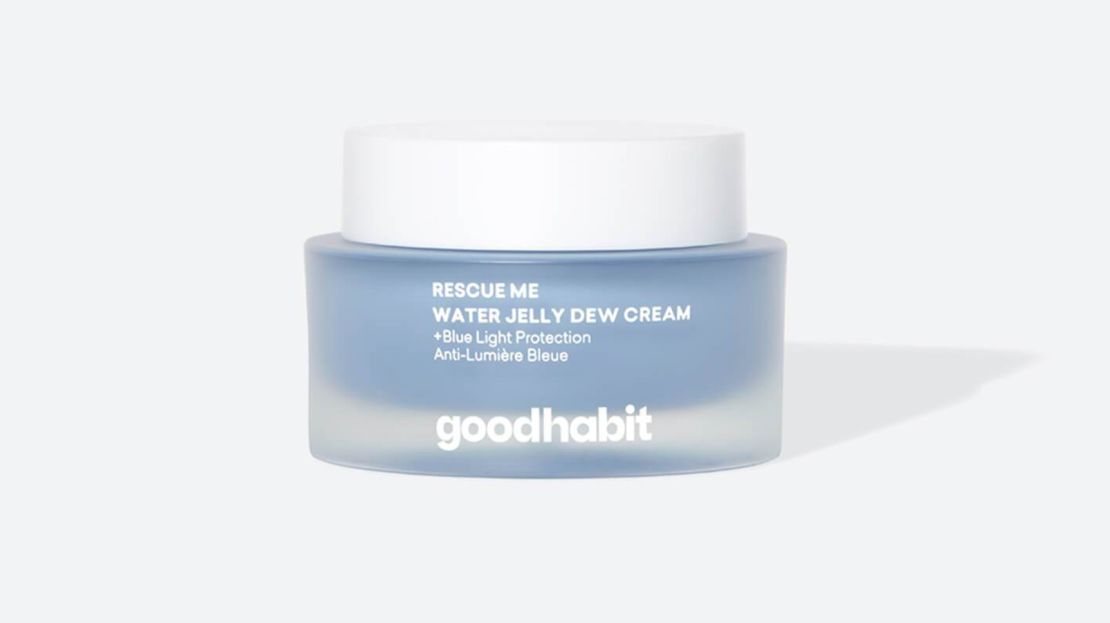
While the entire line is designed to defend against and offset the effects of blue light, this cream is an effective moisturizer in its own right. It features 20% humectants that work to instantly hydrate the skin as well as the brand’s proprietary BLU5 Technology, which involves a marine extract that creates a weightless, protective shield over skin.
Dr. Loretta Urban Antioxidant Sunscreen SPF 40 ($50; dermstore.com, revolve.com
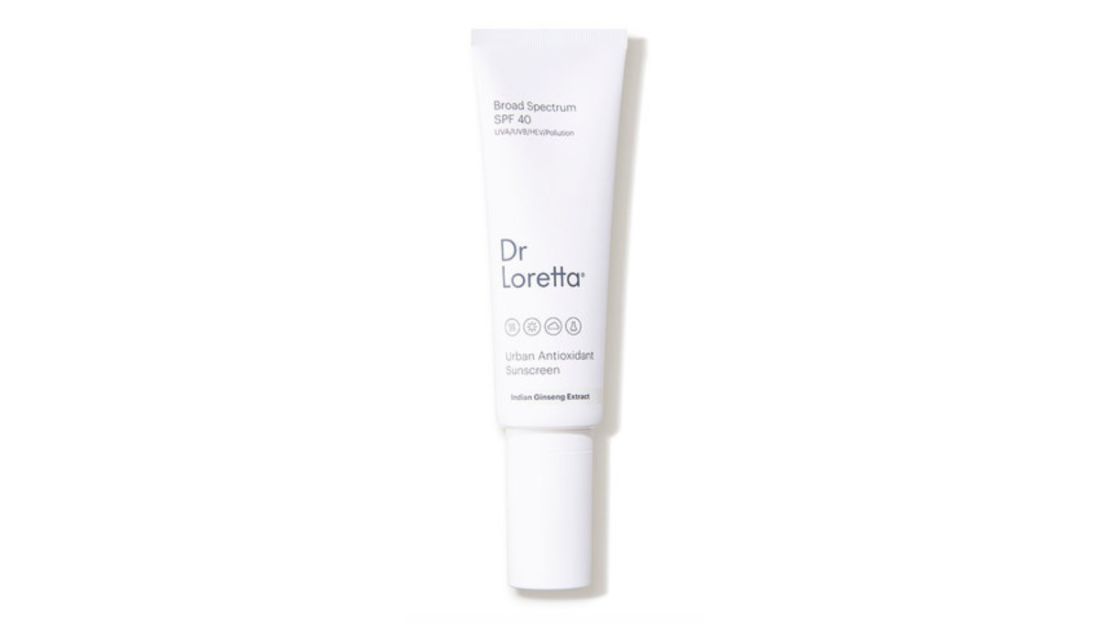
Created by a dermatologist, Dr. Loretta Ciraldo, this lightly tinted formula offers both zinc oxide and a proprietary antioxidant that are formulated to defend against three types of free radicals for all-around protection. Plus, it won’t leave a chalky cast or residue on darker skin tones.
Supergoop! Unseen Sunscreen SPF 40 ($34; sephora.com, dermstore.com

Garshick is a fan of this lightweight sunscreen, as it “contains red algae to provide protection against blue light,” she says. It also doubles as a makeup primer to ensure that your foundation will last all day — win-win.
Indeed Labs Hydraluron + Moisture Mist ($24.99; ulta.com
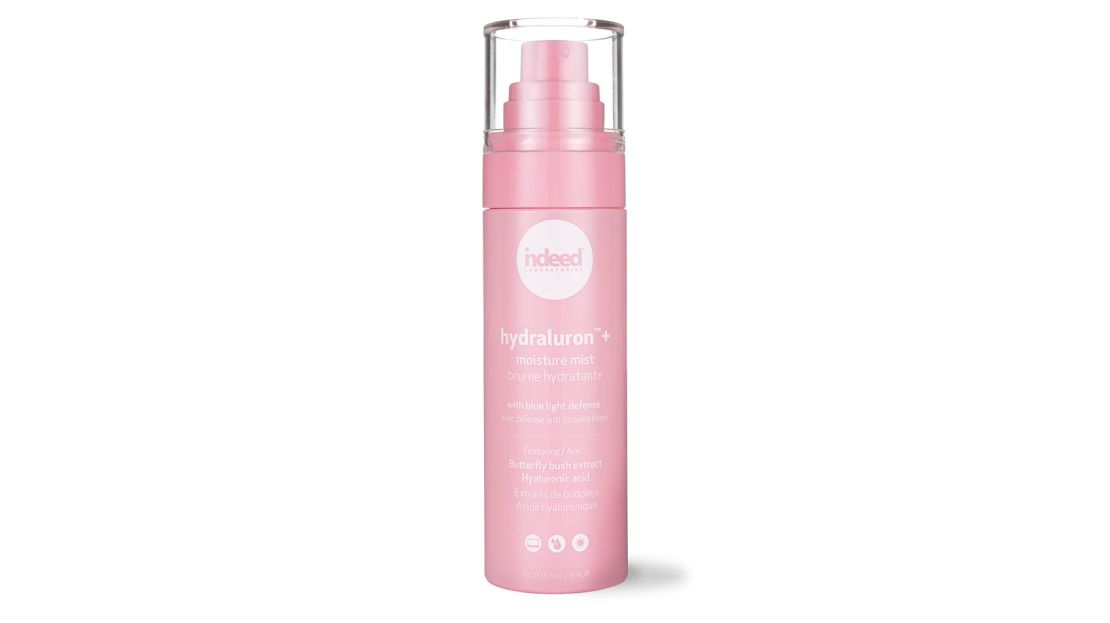
Ideal for keeping at your desk, this refreshing mist pairs an antioxidant-packed botanical extract with hyaluronic acid that work together to both replenish and protect skin. Store it in your fridge for a cooling effect on a hot day.
Note: The prices above reflect the retailers’ listed prices at the time of publication.




















